Urbanization Trends
Rapid urbanization is a significant driver for the Brick Cladding System Market. As populations in urban areas continue to swell, the demand for residential and commercial buildings is escalating. Brick cladding systems, with their aesthetic appeal and durability, are increasingly favored in urban construction projects. Data suggests that urban areas are expected to account for over 70% of the global population by 2050, leading to a surge in construction activities. This trend indicates that the Brick Cladding System Market could see substantial growth as developers seek to meet the rising demand for attractive and long-lasting building facades in densely populated regions.
Sustainability Focus
The increasing emphasis on sustainability within the construction sector appears to be a pivotal driver for the Brick Cladding System Market. As environmental concerns gain traction, builders and architects are increasingly opting for materials that minimize ecological impact. Brick cladding systems, known for their durability and thermal efficiency, align well with these sustainability goals. According to recent data, the demand for sustainable building materials is projected to grow at a compound annual growth rate of 10% over the next five years. This trend suggests that the Brick Cladding System Market could experience significant growth as more stakeholders prioritize eco-friendly solutions in their projects.
Technological Integration
Technological advancements in the construction industry are transforming the Brick Cladding System Market. Innovations such as 3D printing and advanced manufacturing techniques are enabling the production of more intricate and customized brick cladding solutions. These technologies not only enhance design flexibility but also improve the overall quality and performance of cladding systems. Furthermore, the integration of Building Information Modeling (BIM) is streamlining the design and installation processes, making it easier for architects and contractors to incorporate brick cladding into their projects. As these technologies continue to evolve, they are likely to drive growth in the Brick Cladding System Market, attracting a broader range of clients seeking modern solutions.
Modular Construction Adoption
The rise of modular construction techniques is likely to influence the Brick Cladding System Market positively. Modular construction, characterized by off-site fabrication and on-site assembly, offers numerous advantages, including reduced construction time and lower labor costs. As this method gains popularity, the demand for versatile and efficient cladding solutions, such as brick cladding systems, is expected to increase. Market analysis indicates that the modular construction segment is anticipated to expand at a rate of 8% annually, which could lead to a corresponding rise in the adoption of brick cladding systems as builders seek to enhance the aesthetic appeal and functionality of modular structures.
Regulatory Support for Energy Efficiency
Regulatory frameworks promoting energy efficiency in buildings are likely to bolster the Brick Cladding System Market. Governments worldwide are implementing stringent building codes and standards aimed at reducing energy consumption and enhancing building performance. Brick cladding systems, known for their thermal insulation properties, can help meet these regulatory requirements effectively. As energy efficiency becomes a priority, the demand for brick cladding solutions that comply with these regulations is expected to rise. Market forecasts indicate that the energy-efficient building materials segment will grow at a rate of 9% annually, suggesting a favorable environment for the Brick Cladding System Market as it aligns with regulatory trends.


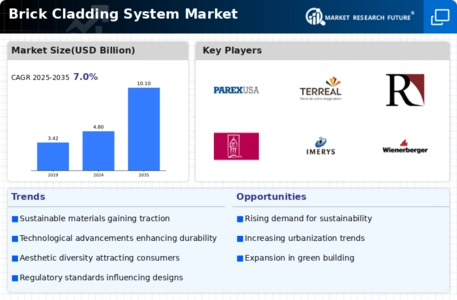
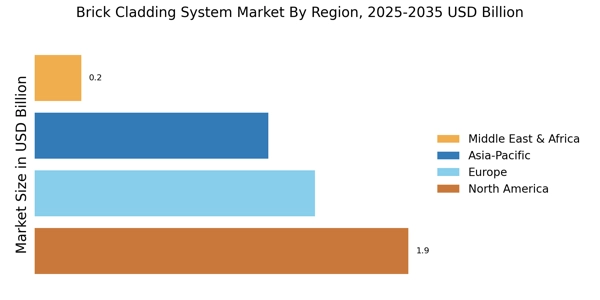
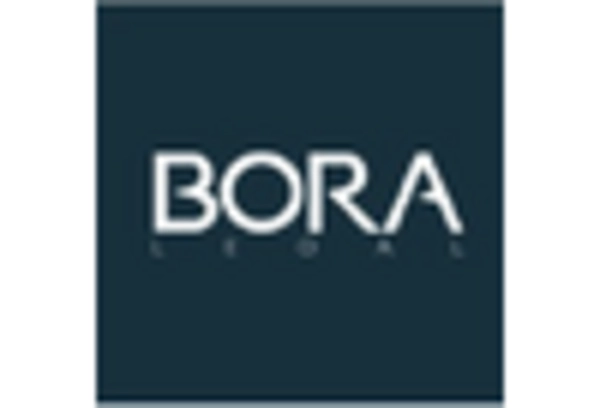
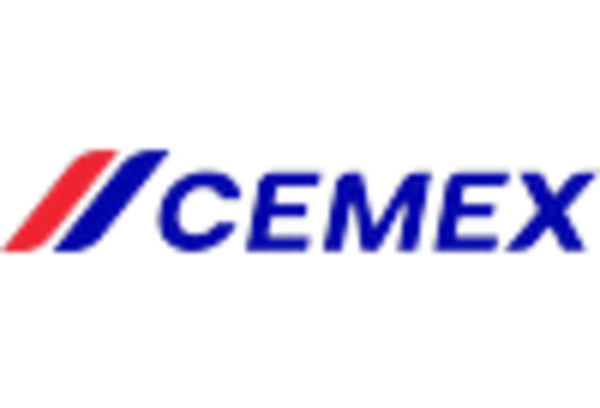

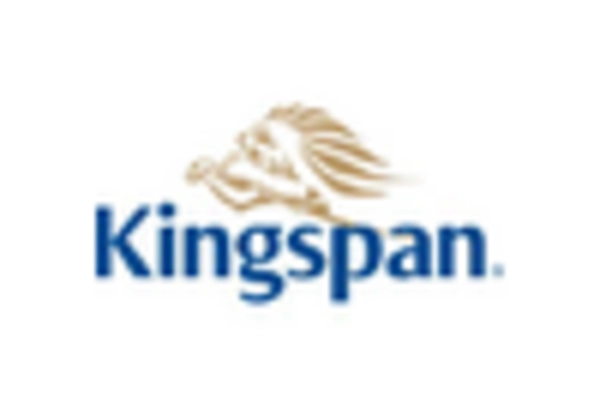
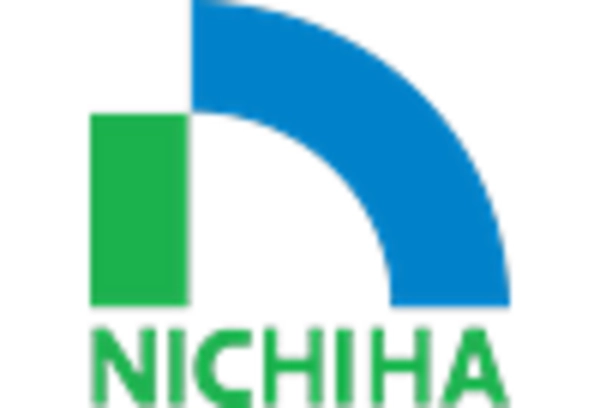









Leave a Comment